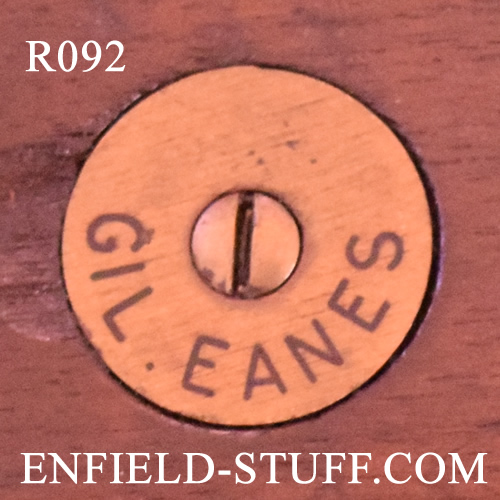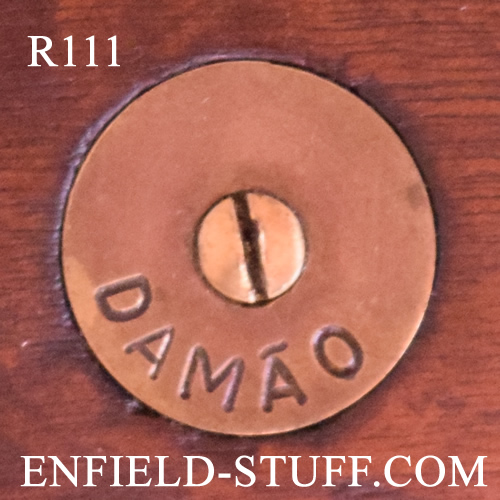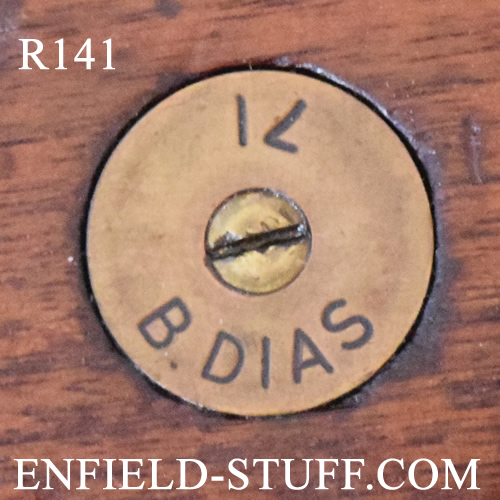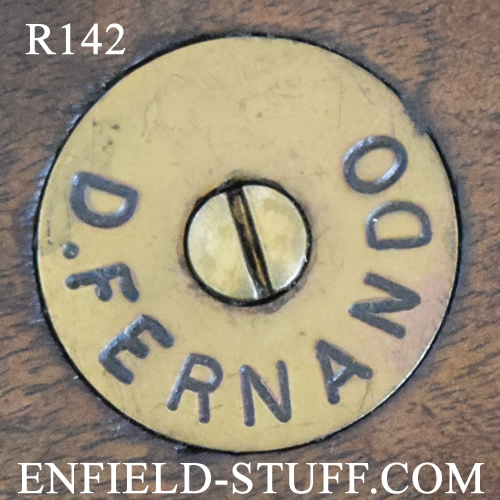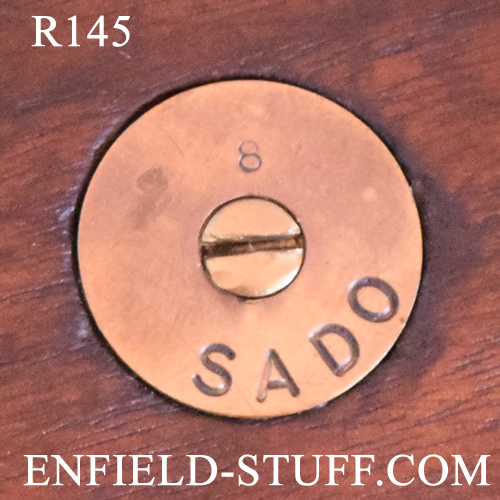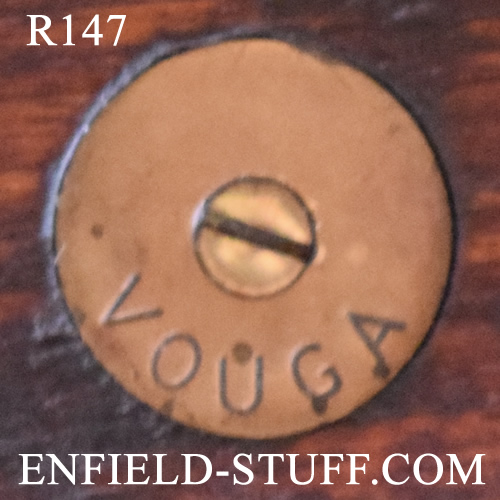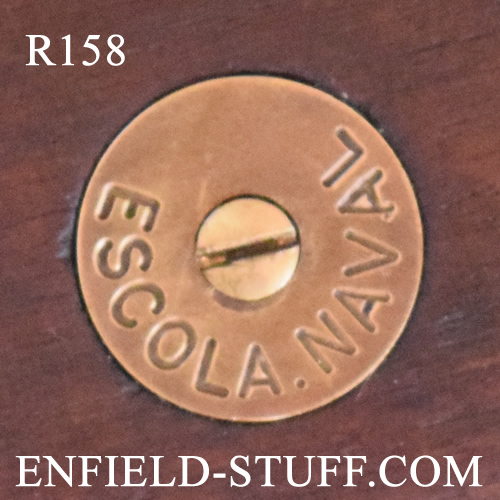Enfields in Queue: Portugal
I do not know which story these guys want me to tell you. You may not have noticed, but the Portuguese did serve on the Western Front during the Great War (1914-1919). The Portuguese did not want to get involved in the war; they were courted by both the British and by Germany, mostly because both sides wanted access to the naval refueling (coaling) stations on the Atlantic. The Portuguese wanted to protect/preserve their colonies in Africa, especially Angola. Finally, the Brits gave them an ultimatum – either join the Allies or Britain would take the Portuguese African colonies at war’s end for “protecting” Portugal. (In other words, no free ride.) The Allies did not want Portuguese troops; they did need some of their newer artillery and, most importantly, to deny the Imperial German Navy (German: Kaiserliche Marine) access to Portuguese ports.
Meanwhile, in Portugal there were major political upheavals between the Royalists, the fascist/democrats and the Catholic Church. The government, anxious to save face, did not want to let go of the artillery and need to distract their opponents. Conscripts, mostly illiterate peasants, were packed off to the fighting – and once there, largely abandoned by the government, which did not provide adequate winter uniforms, supplies and food. Officers posted to the front went home on leave and never returned. The men simply endured.
A complicated story that you do not read about – because what little information is available is in Portuguese. There is a lot written about the post-war rise of fascist/authoritarian leaders – Hitler (Germany); Mussolini (Italy); Franco (Spain) come readily to mind. Salazar (Portugal), who lasted almost as long (1974) as Franco (1975) skates beneath the radar.
As to the rifles –Portugal has had a long and cordial relationship with the Royal Navy. At least one of these rifles is Naval Academy marked. I do not know if these are Navy rifles, Naval Academy rifles, Portuguese Marine Corps (Portuguese language: Corpo de Fuzileiros , meaning literally "Corps of Fusiliers") rifles (see Damao markings, below) – or something else. If nothing else, it is a nice collection of 1916-1918 SMLEs, good condition, matching numbers.
Looks like I am going to have to work on my Portuguese.
